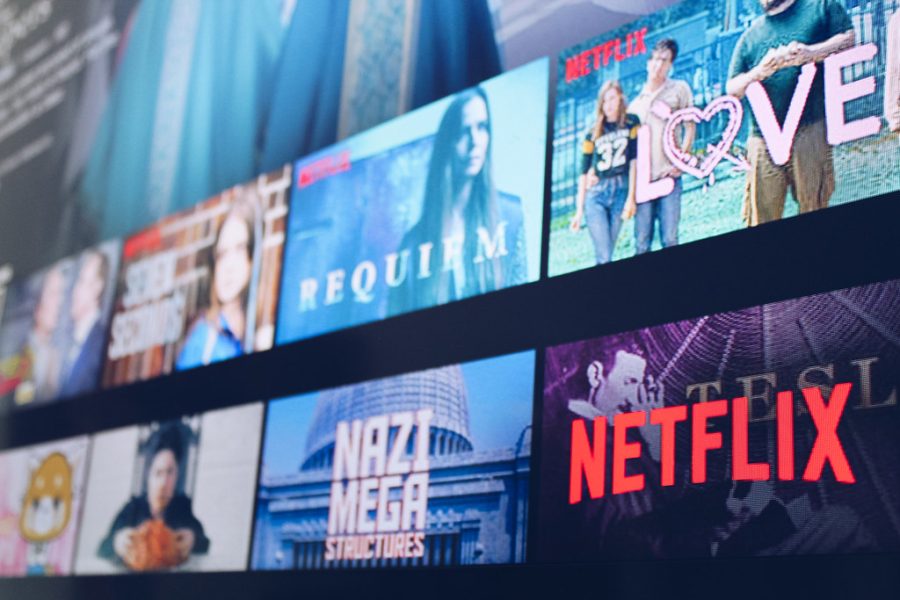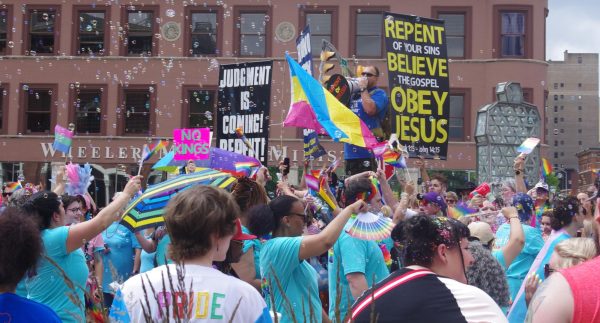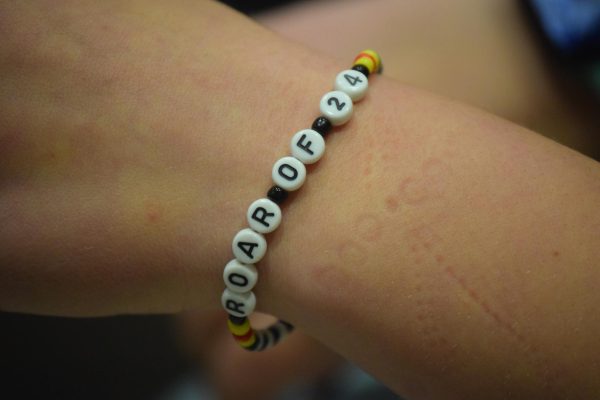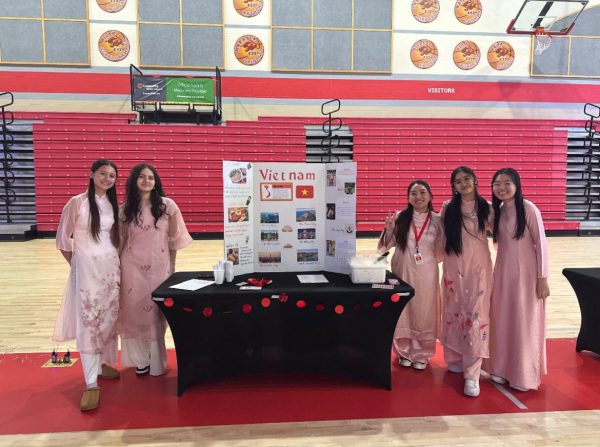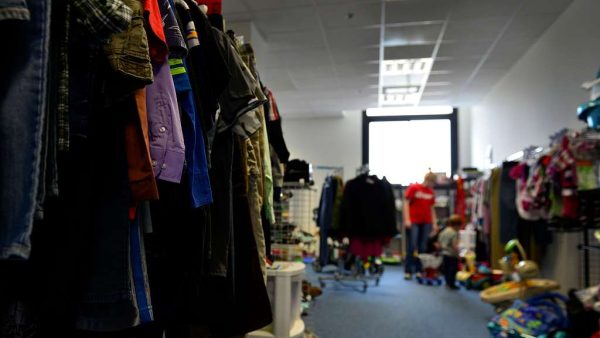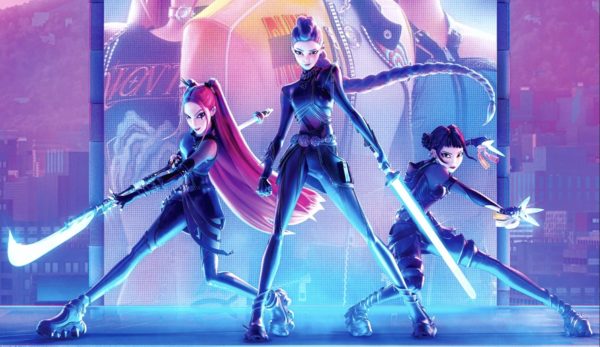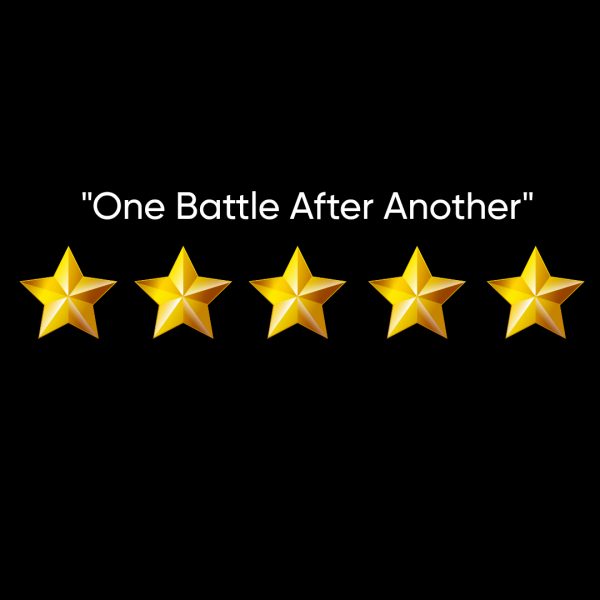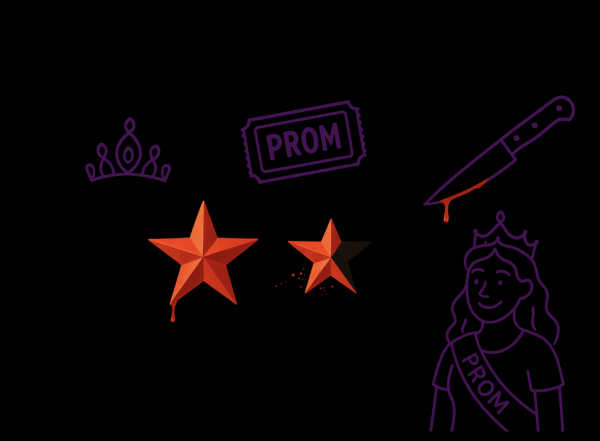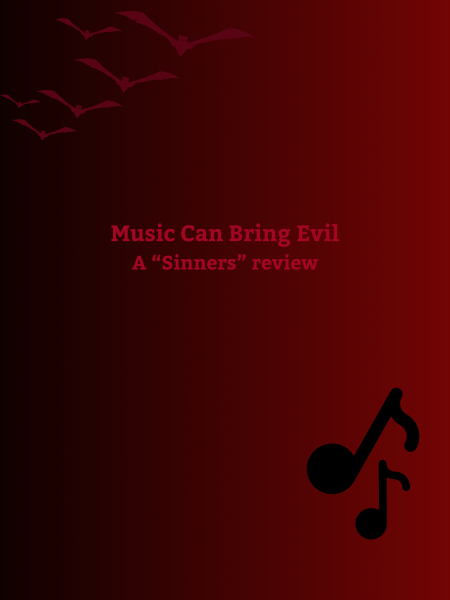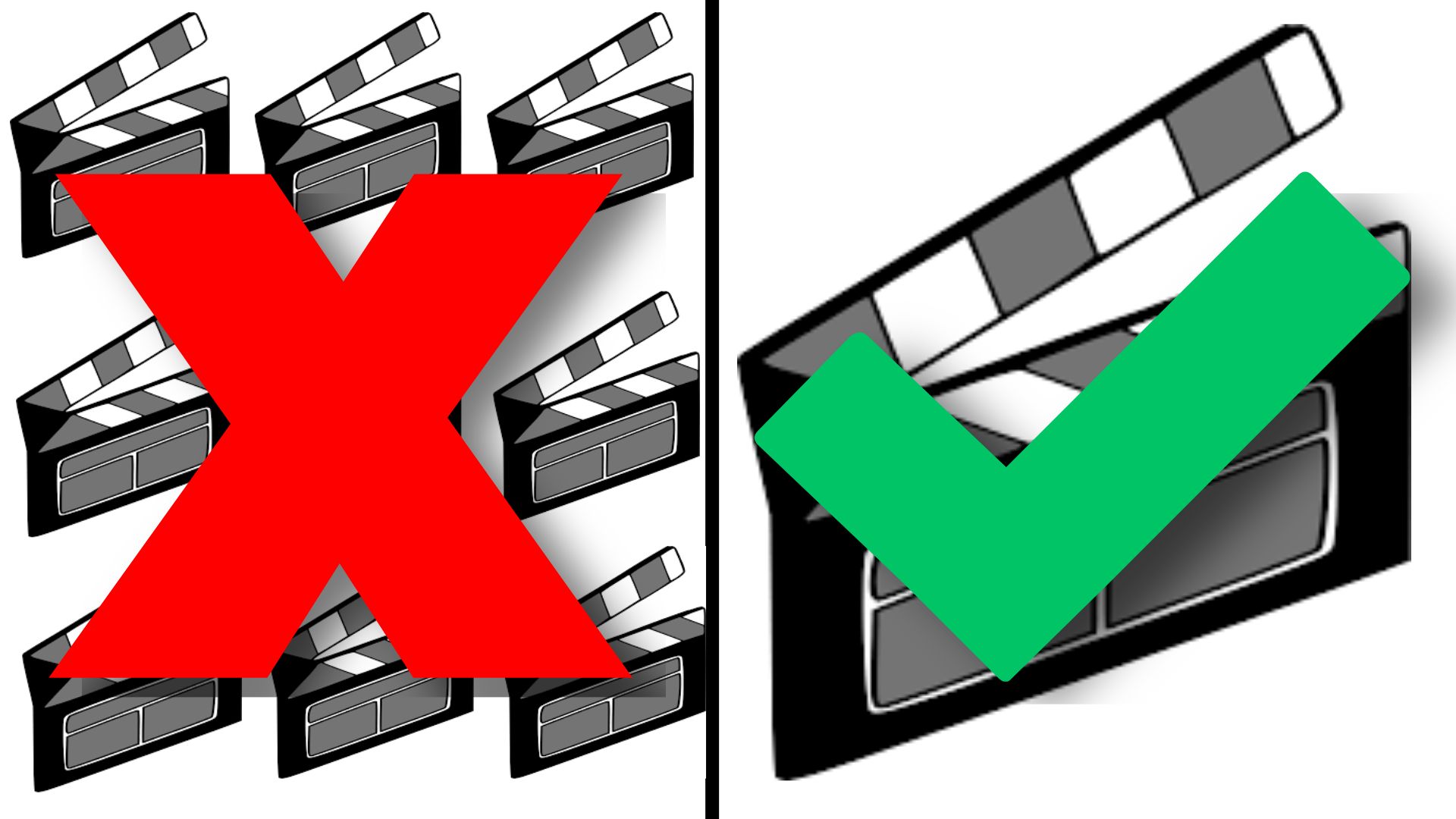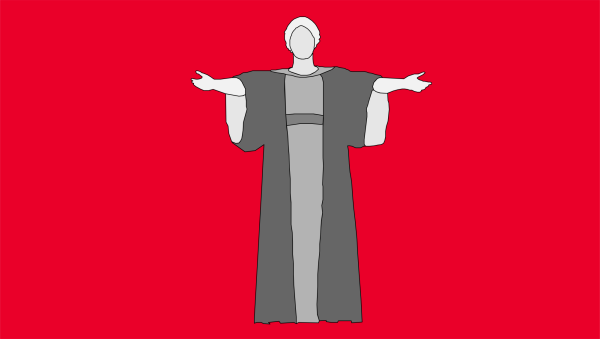We need more shows like “Heartstopper”
Jillian Blackburn is a junior and a reporter for the Fishers Tiger Times. Her views do not necessarily reflect those of the newspaper.
Over the last 20 years, media representation of LGBTQ people has been on the rise. From blockbuster films like Love, Simon to primetime hits like Glee and all the niche streaming originals in between, there is more representation of queer experiences in the media we consume every day. But there’s a new show that stands out among others: Netflix’s Heartstopper.
The series, based on Alice Oseman’s webcomic of the same name, highlights a range of identities and experiences in a way that reflects current trends of media diversity but is set apart by its accessibility to younger audiences. As youth bullying and suicide rates remain high, this representation is important to teenagers everywhere, including at Fishers High school, to feel less alone and more comfortable with themselves.
Netflix has had a long history of LGBTQ inclusion in its original series, but they often fall short on developing those characters and giving them positive and memorable storylines. Of Heartstopper’s six main cast members, four are queer, one is transgender, and all are given a distinct personality rather than used as tokens or stereotypes within the main story.
GLAAD’s 2021 Where We Are on TV report shows that nearly 12% of 775 regular characters are in the LGBTQ community. Heartstopper’s diversity contributes to this trend, but more shows like it would push it further.
But despite this trend, stigmas and stereotypes remain prevalent, and LGBTQ people are often ostracized and discriminated against. The Trevor Project reports that 75% of LGBTQ youth say they have experienced discrimination based on their sexuality or gender, and they are over four times more likely to attempt suicide than their peers.
This makes it crucial to fairly and accurately show positive queer experiences to ward off negativity and provide a safe space to the estimated 3.2 million LGBTQ youth, and Heartstopper does just this. Teens around Fishers and worldwide have found comfort and community in the show’s fanbase, especially online.
But it’s not all just LGBTQ issues. Heartstopper also depicts scenes of bullying, something one in five highschoolers experience according to the CDC, and references to eating disorders and mental illness. Alongside general diversity, these images are key in developing accurate representation in media that will shape future generations.
These concepts aren’t new to TV; Netflix’s Sex Education has boasted a diverse teen cast and unique plotlines since 2019. But what makes Heartstopper unique is its accessibility to a younger, broader audience. School age children need to see themselves and what they’re going through reflected in media, and it’s hard to get that when sitting through content that is inappropriate or beyond their maturity level.
Heartstopper sets an example for what future television can be as we progress past the need for harmful stereotypes and into a more diverse culture. While Love, Simon and Glee remain beloved, we need more shows like Heartstopper to pave the way for better, more positive media in the years to come.
Jillian Blackburn is a junior at Fishers High School. She is on the Speech and Debate team as well as a content producer for the school announcements.


